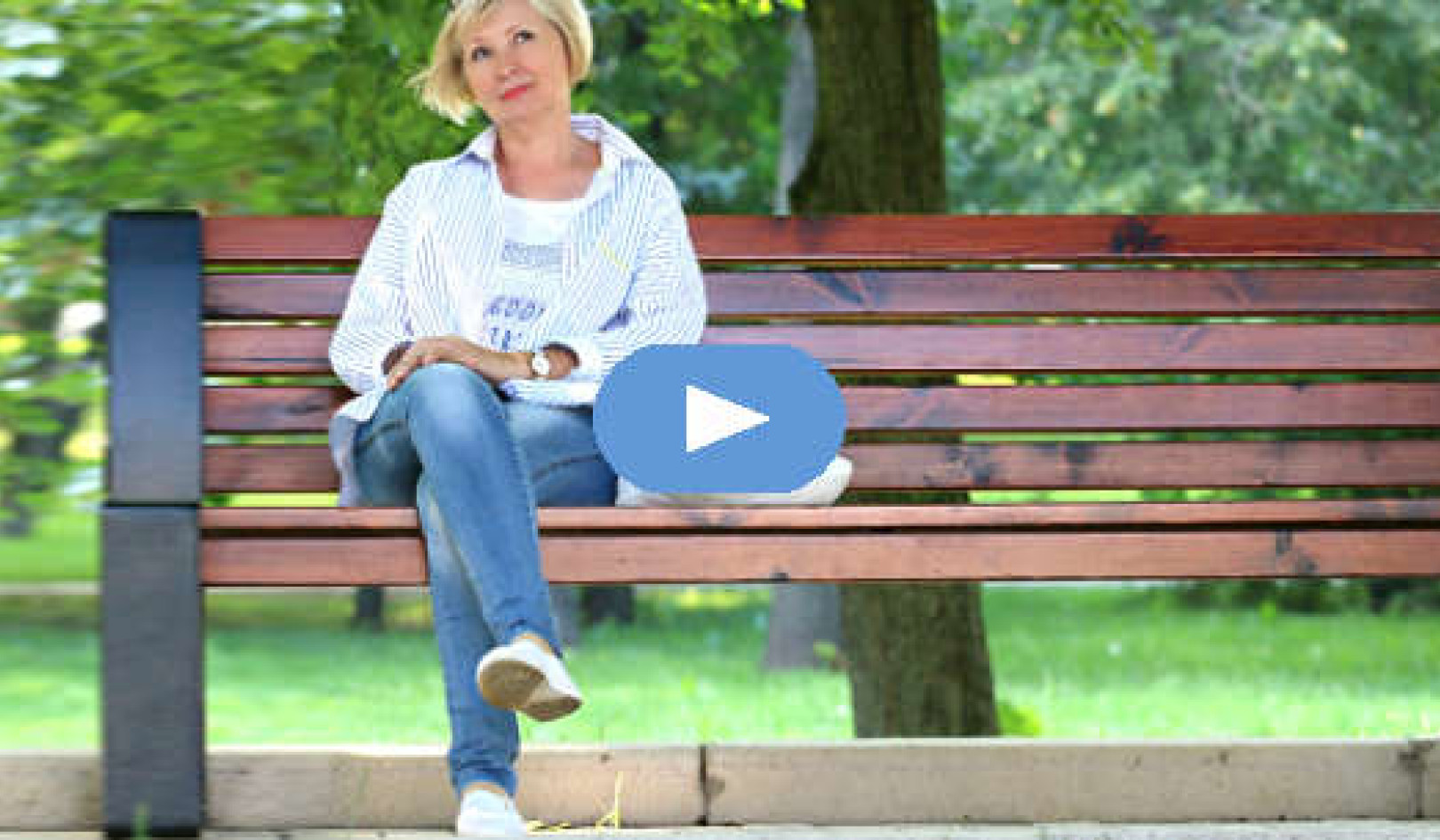
Image by Anastasia Gepp
The first people have begun to receive vaccines in the UK and US as part of mass vaccination campaigns to immunise people against COVID-19. Excitement is building – finally, the end of the coronavirus crisis is in sight.
Since early December 2020, elderly patients and health workers in 50 hospitals across the UK have been given the vaccine developed by Pfizer and BioNTech. This vaccine has also been granted emergency use authorisation by the Food and Drug Administration in the US and is currently being administered to the first priority groups.
The popular assumption is that the Pfizer/BioNTech vaccine and the others in development will reduce severity of the disease, reduce transmission of the SARS-CoV-2 virus, provide population immunity and get us back to the normality of the pre-COVID era.
While scientists, including myself, are very excited at the prospect of an effective vaccine and the prospect of returning to normality, it is important to temper this enthusiasm with caution. Several questions still remain about how much protection an effective vaccine offers, to whom and for how long.
A bumper crop of vaccines
Starting a mass vaccination programme is an important first step towards ending this pandemic. And it has come relatively quickly. Producing an effective vaccine against an infectious disease is a long process that in the past has usually taken many years.
The development of the COVID-19 vaccine this year, on the other hand, has been extraordinarily fast. It has shown how quickly scientific development can be achieved via collaborative hard work, and how much the will can produce the means. During 2020, 61 vaccines have been developed, with a number of these in clinical trials, and some reporting a more than 90% efficacy rate against COVID-19. There is no doubt that it has been a year of remarkable progress.
But even when widely used, the efficacy of vaccines has not historically been guaranteed. Only one disease, smallpox, has ever been truly eradicated – and achieving that took more than 200 years. Meanwhile, we continue to live with diseases such as polio, tetanus, measles and tuberculosis, with the wide use of vaccines helping protect vulnerable cohorts. So we don’t yet know if immunisation will get rid of COVID-19 for good.
Learning from the roll-out
There are other questions for which we also need answers.
The efficacy of the vaccine during a clinical trial is measured by how many cases occurred in the vaccinated group. To ascertain the efficacy across the population, further details are needed on whether these cases are mostly mild or whether they include significant numbers of moderate and severe cases.
We also need clarity on transmission – will the vaccine prevent asymptomatic people or those with very mild symptoms of COVID-19 from spreading the virus? The recent resurgence of the virus suggests that transmission of COVID-19 is not slowing down, and that we need a transmission-blocking vaccine to truly bring about the end of the pandemic. A severity-reducing vaccine will prevent deaths and the overwhelming of hospitals, but not stop the spread.
Whether the Pfizer/BioNTech vaccine or the other vaccines in late-stage trials can achieve this is difficult to assess, because this would require routinely testing all trial participants as well as their contacts – this is difficult to do in such large numbers. Instead, as the vaccines roll out in the UK and the US, the after-effects will be closely watched and we will get a better feel of the overall impact.
Another aspect that we need to understand is how well the vaccine may work across different age, population and risk cohorts. Finally, there is the question of how long immunity will last. People need to be watched and tracked three, six and 12 months after receiving the vaccine to assess the different levels of protective antibodies in their blood.
Modelling
We can’t wait a year to find out the answer to all these questions. This is where mathematical modelling of possible epidemic trajectories with different vaccination scenarios can be helpful.
Mathematical modelling has been at the forefront of policy decision-making worldwide throughout the pandemic, as it allows us a way to assess the potential effects of both non-pharmaceutical interventions – such as lockdown or different test, trace and isolate strategies – and pharmaceutical interventions such as a vaccine or antiviral treatment.
Modelling can help us explore what the effect of different levels of vaccine efficacy and coverage (percentage of people vaccinated) will be on the reproduction number R (which indicates the rate of transmission in the population) or on the number of COVID-19 cases and deaths. We can also explore the potential differences between a vaccine that reduces severity, one that blocks transmission and one that does both. We can model how these outcomes change if we combine different levels of coronavirus restrictions with different vaccines.
Together with colleagues, I am working on answering such questions and exploring whether vaccination against COVID-19 will stave off third and subsequent waves.
For now, we are still very early in the vaccination campaigns and we do not yet even have published results from our models. So unfortunately it’s still too difficult to say whether life will go back to normal next year.
The good news is that by combining the results from the recently started mass vaccination campaigns in the UK and the US with mathematical modelling, we will soon have some of the answers we need.
We should all be excited at the prospect of an effective vaccine, but we should also be wary of the fact that we are not there yet. And until we get there, we need to follow the COVID-19 safety measures to protect ourselves and others.
About the Author
Jasmina Panovska-Griffiths, Senior Research Fellow and Lecturer in Mathematical Modelling, UCL
This article is republished from The Conversation under a Creative Commons license. Read the original article.

Books Improving Attitude and Behavior from Amazon's Best Sellers list
"Atomic Habits: An Easy & Proven Way to Build Good Habits & Break Bad Ones"
by James Clear
In this book, James Clear presents a comprehensive guide to building good habits and breaking bad ones. The book includes practical advice and strategies for creating lasting behavior change, based on the latest research in psychology and neuroscience.
Click for more info or to order
"Unf*ck Your Brain: Using Science to Get Over Anxiety, Depression, Anger, Freak-Outs, and Triggers"
by Faith G. Harper, PhD, LPC-S, ACS, ACN
In this book, Dr. Faith Harper offers a guide to understanding and managing common emotional and behavioral issues, including anxiety, depression, and anger. The book includes information on the science behind these issues, as well as practical advice and exercises for coping and healing.
Click for more info or to order
"The Power of Habit: Why We Do What We Do in Life and Business"
by Charles Duhigg
In this book, Charles Duhigg explores the science of habit formation and how habits impact our lives, both personally and professionally. The book includes stories of individuals and organizations who have successfully changed their habits, as well as practical advice for creating lasting behavior change.
Click for more info or to order
"Tiny Habits: The Small Changes That Change Everything"
by BJ Fogg
In this book, BJ Fogg presents a guide to creating lasting behavior change through small, incremental habits. The book includes practical advice and strategies for identifying and implementing tiny habits that can lead to big changes over time.
Click for more info or to order
"The 5 AM Club: Own Your Morning, Elevate Your Life"
by Robin Sharma
In this book, Robin Sharma presents a guide to maximizing your productivity and potential by starting your day early. The book includes practical advice and strategies for creating a morning routine that supports your goals and values, as well as inspiring stories of individuals who have transformed their lives through early rising.





















